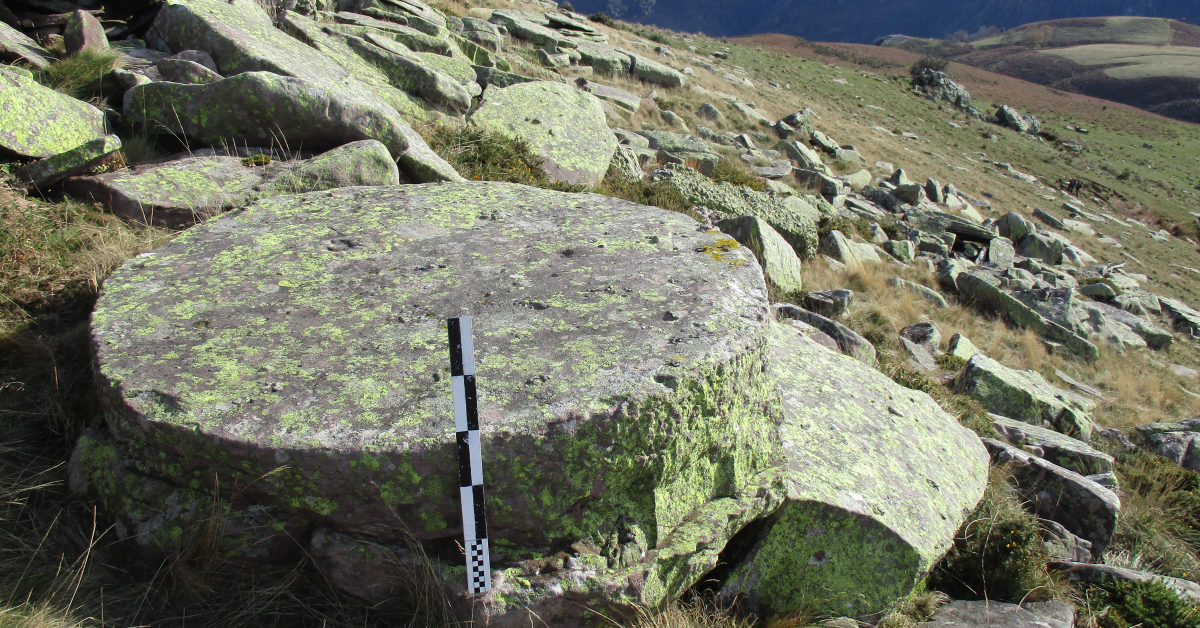Basque ethnography at a glance
“The mendigoixal is rather the patriotic mountaineer”. Ceferino Jemein ―Keperin― thus perfectly captures those political mountaineers in nine words.
Manu Etxebarria Ayesta, Professor of the Basque Language, has literally translated the term coined by Kirikiño (Evaristo Bustinza, Mañaria 1866-1929): mendi = mountain, upland; goi = high, heights; zale = enthusiast, lover. When those three elements are combined, we get: high-mountain mountaineering enthusiast (standard dictionaries recommend using mendizale).
Basque mountaineering did not start with the mendigoixales, even though the mountains were the setting for both sport and politics in the early 20th century.
2021 marks the centenar of the first footage, as far as we know, of an Aurresku ceremonial dance led by women.
It was back in 1921 (in the former Santurtzi), four years after the first official trawler regattas were held on the Abra (Ibaizabal-Nervión estuary), when the council of the seafaring town decided a crew needed to be formed that would, once and for all, win that longed-for prize.
The organisation decided that the racing would be on 4, 5, 10 and 11 September. The last day was a thrilling and dramatic finale, as captured in the press. The Santurtzi trawler was proclaimed the winner and the warm welcome at the port was followed by a series of events on the 16th, 17th and 18th. These included a parade of the rowers, concerts, dances and meals.
Pasabolo tablón or skittles is one of the traditional versions of the sport of bowling that is still played in the Carranza Valley.
The pins, previously known as “skittles”, are one of its main elements.
In general, the pins measure 35 cm long and 3.30 cm thick, with a slightly rounded base and tip.
The title of this article is a metaphor to try and explain what I have been working on for over 10 years of researching millstone quarries, the grindstone quarries (Errotarri proiektua).
Naturally, it would never have occurred to me to physically mix together Einstein the scientist (1879-1955) and the other scholar from Ataun (1889-1991), but just their precious research and some of their shared reasoning. They provide the foundations for my research based on field work and documentary research that I have been carrying out for over a decade. So far, I have located the staggering number of 332 zones, where grindstone quarries can be found and with just over 1600 remains pinpointed.





